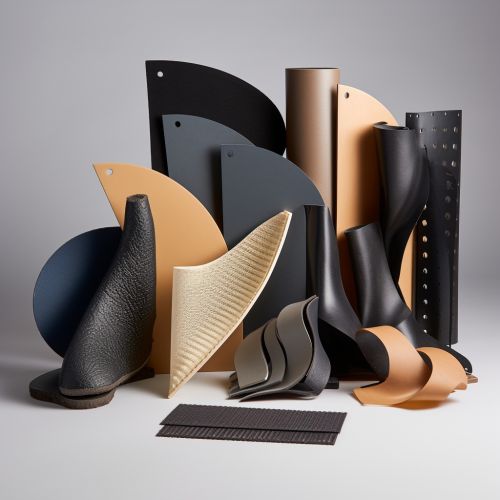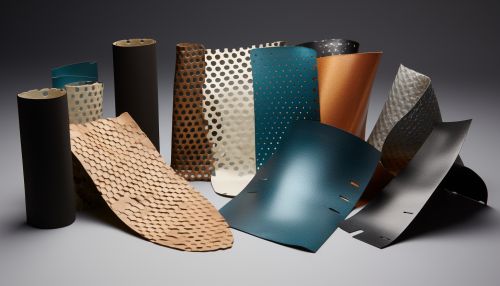Orthotics
Introduction
Orthotics is a specialized field within the healthcare industry that focuses on the design, production, and application of orthoses. Orthoses are devices that are used to correct, support, or compensate for a body function or structure. They can be used to treat a wide range of conditions, from foot problems to spinal issues. The field of orthotics combines knowledge from anatomy and physiology, pathophysiology, biomechanics, and engineering. Patients who benefit from an orthotic device may have a condition such as spina bifida or cerebral palsy, or they may have experienced a stroke or spinal cord injury. Orthotic devices can also be used in the treatment of conditions such as arthritis and tendinitis, and to enhance athletic performance.
History
The use of orthotics dates back to ancient times. The ancient Egyptians, for example, used palm leaves and papyrus to create devices to support weak limbs. In the Middle Ages, metal was used to create orthotic devices, and in the 19th century, leather and wood were commonly used. The field of orthotics began to advance significantly in the 20th century with the development of new materials such as plastics and carbon fiber, which allowed for the creation of lighter, more durable devices.
Types of Orthoses
Orthoses can be broadly categorized into two types: functional orthoses and accommodative orthoses.
Functional orthoses are designed to control abnormal motion. They can be used to treat foot pain caused by irregular motion, to treat injuries such as shin splints or tendinitis, and to reduce the risk of injuries in athletes.
Accommodative orthoses, on the other hand, are designed to provide support and comfort, redistribute weight and relieve pressure on certain areas of the body. They are often used to treat painful calluses on the bottom of the foot, diabetic foot ulcers, and other conditions that cause pain and discomfort.
Orthotic Materials
Orthotic devices can be made from a variety of materials, including thermoplastics, carbon fiber, metals, elastic, EVA, fabric, and leather. The choice of material depends on the patient's needs and the purpose of the orthosis. For example, thermoplastics are often used for orthoses that need to be lightweight yet strong, while elastic materials may be used for orthoses that need to allow for some degree of movement.


Orthotic Design and Fabrication
The process of designing and fabricating an orthosis involves several steps. First, the orthotist will conduct a thorough evaluation of the patient, which may include a physical examination, a gait analysis, and a review of the patient's medical history. The orthotist will then take measurements or make a cast of the part of the body where the orthosis will be worn.
The orthosis is then designed and fabricated, often using computer-aided design and manufacturing technology. The orthotist will then fit the orthosis on the patient and make any necessary adjustments. The patient will also receive instructions on how to use and care for the orthosis.
Orthotic Treatment
Orthotic treatment can be an important part of a comprehensive treatment plan for a variety of conditions. Orthoses can be used to help manage a range of musculoskeletal conditions, such as arthritis, bursitis, and tendinitis. They can also be used to help manage neurological conditions, such as cerebral palsy and stroke. In addition, orthoses can be used to help manage conditions that affect the skin and soft tissues, such as diabetic foot ulcers.
Future of Orthotics
The field of orthotics is constantly evolving, with new research and technology leading to the development of new devices and treatment approaches. For example, advancements in materials science have led to the development of new types of orthotic materials that are lighter, stronger, and more durable. In addition, advancements in technology have led to the development of new types of orthoses, such as 3D-printed orthoses and smart orthoses that can monitor a patient's condition and adjust treatment as needed.
